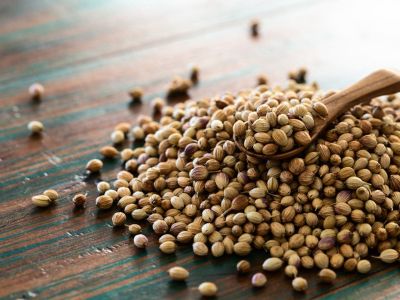Can You Grow Spices?
Most definitely. Growing your own spices from plants is a great way to keep diversity in your diet and add interest to even the most basic of food. It is key to providing a diverse palate for your family. There are many spices you can grow yourself, creating a rich variety of flavors. Spices and herbs are often terms used interchangeably but are in fact different things. However, for our purposes we will consider them the same, as they add flavor and dimension to food. Perhaps they should just be lumped under the term, seasonings. For instance, bay leaves are a great flavor and scent enhancer for soups and stews but they come from the leaves of a tree or bush and are technically an herb. Technical stuff aside, there are lots of seasonings, or spices, from plants that will grow in the average garden.
Growing Your Own Spices
Many of our favorite spices come from plants that are native to warm regions. So, you must consider your growing zone and the rapidity of maturity in the plant. For example, saffron comes from a crocus plant and is hardy to zones 6 through 9. However, even cool region gardeners can lift the bulbs over winter and replant in spring when soil temperatures are warming. You harvest the brightly colored stigmas for flavoring and coloring your food. Pretty much all spices in the garden will want well-draining soil, sunlight, and an average pH.
What Spices Can You Grow?
Depending on your zone, fresh spices can be readily on hand just outside the kitchen door. You can grow:
CorianderSaffronGingerTurmericFenugreekCuminFennelMustard SeedCarawayPaprikaLavenderBay LeafCayenneJuniper BerrySumac
While not all spices will be able to withstand winter temperatures, many will come back in spring and some grow in one season and are ready to harvest before frost arrives. A few, such as ginger, can also be grown indoors in containers. Do your research on what will survive in your landscape and add plenty of fresh herbs for a well-rounded seasoning garden.
